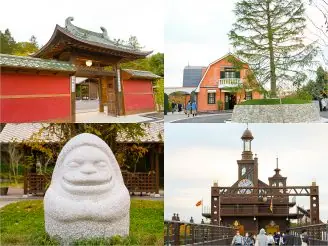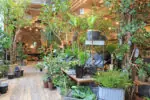"Mishima Taisha"is located in Mishima City, Shizuoka, about a 15-minute walk from Mishima Station.
Known as the shrine where Minamoto no Yoritomo prayed for the revival of the Minamoto clan, it has a history of more than 1,000 years. The precincts of the shrine are home to the main hall, the hall of offerings, and the hall of worship, all of which are designated as national important cultural properties, as well as many other valuable buildings and historical sites that are worth seeing!
This time, we will fully introduce the history of Mishima Taisha, the highlights of the precincts, and the charm.
*Information is current at the time of the interview.
Please check the latest information of each facility and store.
Table of Contents
The history of Mishima Taisha

Mishima-taisha Shrine is dedicated to two deities: Oyamatsumino-mikoto, the guardian deity of mountain forests and agriculture, and Tsumi-hayae-kotoshiro-nushi no kami, also known as "Ebisu-sama", the deity of good fortune, who are collectively called "Mishima-Daimyo-jin".
The date of its establishment is unknown, but it is recorded in old books from the Nara and Heian periods. The name Mishima City comes from the name of Mishima Taisha Shrine.

Minamoto no Yoritomo flag-raising monument
In the medieval period, it was widely known as the first shrine in Izu Province (the most prestigious shrine in the area). Minamoto no Yoritomo prayed at Mishima Taisha for the revival of the Minamoto clan. Later, he won the first battle of the war and established the Kamakura shogunate.
In the Edo period (1603-1867), the shrine was revered as a major shrine facing the Tokaido Highway (present-day Old Tokaido Highway), and Mishima-juku, located in front of the shrine, flourished as a hub of east-west exchange and as the gateway to Izu.
Benefits of Mishima Taisha

At Mishima Taisha, you can receive the following benefits.
・Protection and prosperity of agriculture, forestry and mining industries
・Marine safety and good catches
·Prosperous business
・Home safety
・Improve money luck
・Good luck
・Easy delivery
・Traffic safety
・Fulfillment of good matches, etc.
In addition, since Minamoto no Yoritomo prayed for the restoration of the Genji clan and established the Kamakura shogunate, many people pray for victory and success.
Introducing the highlights and points of the precincts of Mishima Taisha!

Image provided by: Mishima Taisha Shrine
Mishima Taisha has a straight line from the Otorii gate to the main gate, the Shinmon gate, the Kagura hall, and the main hall.
This time, we went straight to the main shrine from the Otorii gate, and visited each facility and spot when we turned back.
It is said that Minamoto no Yoritomo held a hosho-e (a ceremony in which captured fish, birds, and animals are released into the field to warn people against killing) in ancient times. The bright red shrine that sits in the sacred pond is Itsukushima Shrine.

Itsukushima Shrine, located in Aki, Hiroshima, was built by Taira no Kiyomori, but it is said that Hojo Masako recommended the shrine to Mishima Taisha. The shrine enshrines Princess Ichikishimahime no Mikoto, who is also known as "Benten-sama," and is said to bring blessings for safe delivery, improvement in sewing, and improvement in artistic pursuits.

The main gate is designated as a cultural property of Mishima City, and the impressive shimenawa rope weighs 400kg, is 2m thick, and is 6.4m long. After passing through the main gate, there are many cherry blossom trees on the left and right of the approach, and in spring, Mishima cherry blossoms and Yoshino cherry trees are in full bloom.

The precincts of Mishima Taisha Shrine when the cherry blossoms are in full bloom

If you go straight ahead, you will find a shrine gate. This is also designated as a cultural property of Mishima City, and has fine carvings.

When you pass through the shrine gate, you will see the Buden (Kagura hall), a cultural property designated by Mishima City. Various Shinto rituals and dedication events are held throughout the year.
Among them, the Ta-Matsuri held in January is an event in which traditional performing arts called 'Otauchi Shinji' are dedicated to pray for a bountiful harvest. The rice paddy ritual is designated as an intangible folk cultural property of Shizuoka Prefecture, and is said to have originated in the Heian period, and has been passed down since ancient times.
"Fukutaro" that appears in this rice paddy is familiarly called "Fukutaro who sows the seeds of good fortune" and is also popular as a confectionery of Mishima Taisha.

In the back of the Buden, the main hall gives off a particularly solemn atmosphere. It is a national important cultural property.
A compound shrine consisting of three buildings, with the offering hall and worship hall in the foreground, and the main hall in the back. Made entirely of zelkova wood, the carvings by Hanbei Ozawa and his son Kidou, who are considered Izu master craftsmen, are exquisite and boast a high degree of perfection.
The sculptures are different in the center and on the left and right sides. The center depicts the opening of the Gate of Heavenly Rock, the right side depicts Kibi-no-Makibi and Genso playing Go (board game of capturing territory), and the left side depicts Minamoto no Yorimasa defeating Nue (fabulous animal).

After visiting the main shrine, let's take your time to explore the highlights of the precincts.
Near the main shrine, there is conferment office you can receive amulets and votive tablets. I took the opportunity to draw a fortune.

The “happiness omikuji” contains an omikuji and one of 10 lucky charms. It is said that wearing this amulet brings happiness.
Let's open it now.

The result is "good luck"! . The lucky charm was a grain (fir). The written revelation is very specific, so I think I'll make it my future course of action.

Right next to the shrine gate is a golden osmanthus, designated as a national natural treasure. The tree is estimated to be 1,200 years old and is in full bloom twice a year, in early and late September. The tree has lovely light yellow flowers with a sweet aroma.

Seen from the Otorii gate, in front of the shrine gate, there is a shrine and a stone bench.
Since ancient times, the sacred horse of Mishima-taisha Shrine has been traditionally used to carry the gods up Mt. Hakone every morning to pray for the health of travelers on the highway and for the growth of their children.

The two large and small stones are called "Koshikake-Ishi", and it is said that Minamoto-no-Yoritomo sat on the large rock, and the small one is said to be that of Hojo Masako.

When you enter the main gate, you can see the "Houmotsukan" (treasure museum) on your right. There is a gallery and museum shop on the first floor, and you can enter for free. The exhibition room is on the second floor, and a separate ticket purchase is required to enter.

1st floor museum shop
In the Houmotsukan, there are stored and partially exhibited such sacred treasures and cultural assets as "Tachi Mei-Munetada," "Wakizashi Sagamino-Kunijyu-Akiyoshi," "Yoritomo Minamoto's Hannya Shinkyou (Heart Sutra)," "Mishima Taisha Yatabe Family Documents," which are designated as national important cultural properties.
In the exhibition room, you can also see a diorama of the precincts of the Kamakura period based on the national treasure Ippen Hijiri.

2nd floor Shinto shrine history exhibition space and diorama
Of particular note is the National Treasure "Tebako (hand box) with plum tree design in maki-e lacquer," which is said to have been dedicated by Hojo Masako. The surface of the box is finished in the "ikageji" technique, in which gold powder is sprinkled on the surface, and the design is depicted with plum trees, flocks of geese, and characters based on Chinese poetry by Bai Juyi. The handbasket and tools are truly gorgeous, combining the best techniques of the Kamakura period. It is also the oldest surviving handbasket with a complete set of cosmetic tools.
Although the items on display are imitations, they convey the elegance of the upper classes at the time.
And when you go to the back of the treasure hall, there are many deer!

This place is called "Shinrokuen", and it got its name from the fact that eight male and female deer were inherited from Kasuga Taisha Shrine in Nara during the Taisho period. Every year on March 22nd, the Shinroku Memorial Festival is held.

If you buy deer crackers at the souvenir shop on the grounds, you can even give them over the fence.

A fawn approached me, perhaps because he was used to people. cute!

On the banks of Shinchi, there is a “Taisha no Yoridokoro” where you can buy souvenirs, carp food, and deer rice crackers. At the attached Fukutaro teahouse, you can take a break with a set of Fukutaro mochi and tea.

Fukutaro mochi tea set 200 yen
Fukutaro mochi is a kusamochi (mugwort rice cake) wrapped in koshian (smooth bean paste). The mugwort rice cake is used as a face, and the red bean paste is used as an eboshi hat to create the image of Fukutaro's old man.

Fukutaro mask illustration
Made with 100% natural mugwort and carefully selected azuki beans, the rice cakes are made without additives. Excellent compatibility with bittersweet green tea!
Because it is made of mochi (rice cake), which is said to strengthen one's life, and mugwort, which is said to ward off evil spirits and is rich in nutrients, it is popular as a lucky mochi.
There are still many places to see!
Mishima Taisha is also famous as a power spot

Yabusame Baba
Mishima Taisha Shrine, which is also associated with Minamoto no Yoritomo, is a spot that has attracted a great deal of attention due in part to the influence of the NHK historical drama "The 13 Men of Kamakura-dono". The Mishima Grand Festival, a local event to carry on and transmit the history, culture, and traditions of Mishima, made big news when actors from the historical drama participated in the event.
I introduced the history and main attractions of Mishima Taisha, but there are many other attractions. In addition to having many shrines such as Wakamiya Shrine, Mimoku Shrine, Haraedo Shrine, and Izu Tamashi Shrine, there are also historical sites such as Tatariishi and the site of Adachi Tokuro Morinaga's bodyguard.
In addition, because there are many trees in the Shinchi pond and the precincts, it is also a great attraction that you can feel the beauty of the four seasons, such as cherry blossoms in spring, fresh greenery in summer, and autumn leaves in autumn. Mishima Taisha, which boasts a long history and tradition, has been famous as a prestigious shrine for a long time, and is also gaining popularity as the best power (spiritual) spot in Izu.
When visiting Mishima, why not visit Mishima Taisha?
![[Mishima city, Shizuoka] Introduction to "Mishima Taisha"| Life Designs](https://life-designs.jp/wp/wp-content/themes/wp-templ/assets/img/common/logo.svg)
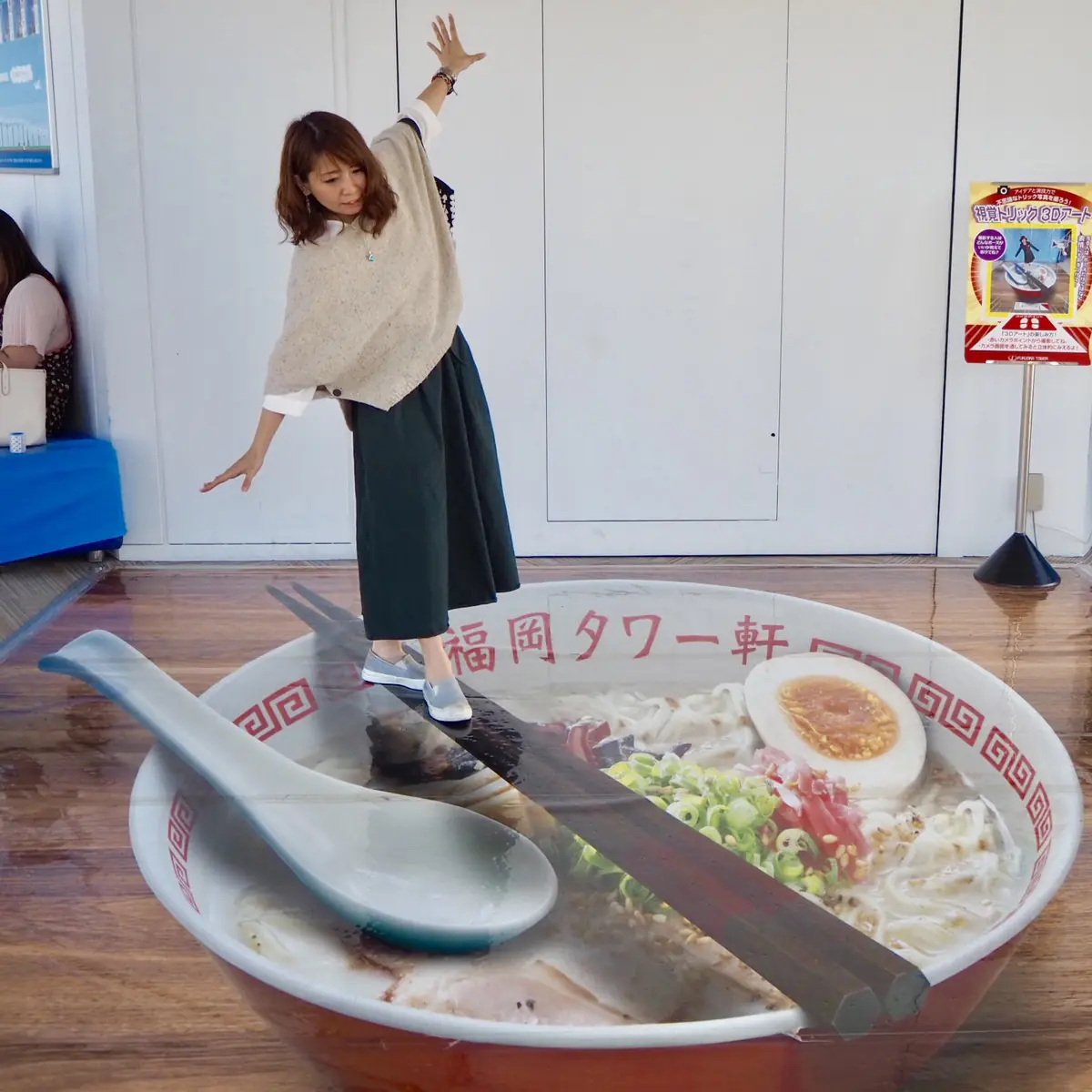
![[Mishima city, Shizuoka] Introduction to "Mishima Taisha"](https://life-designs.jp/wp/wp-content/uploads/2022/12/image5.jpg)
![[Tokai Area] Shrines and Temples](https://life-designs.jp/wp/wp-content/uploads/2022/03/4b6784b9a0a6f408160ee9c32a307138-1024x580.png)
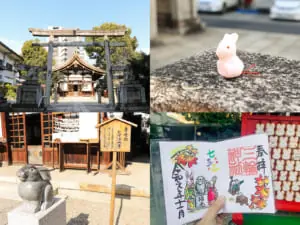
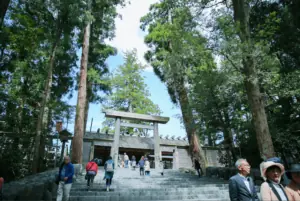
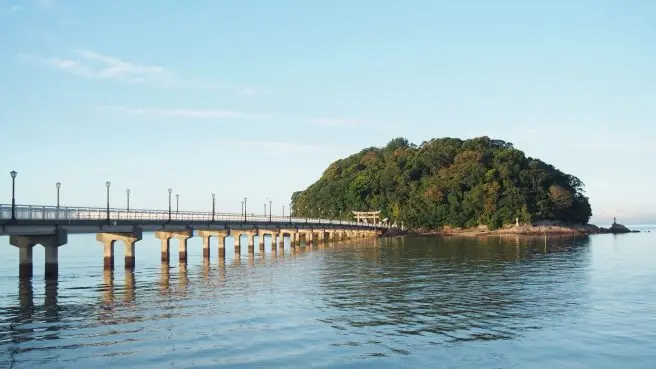
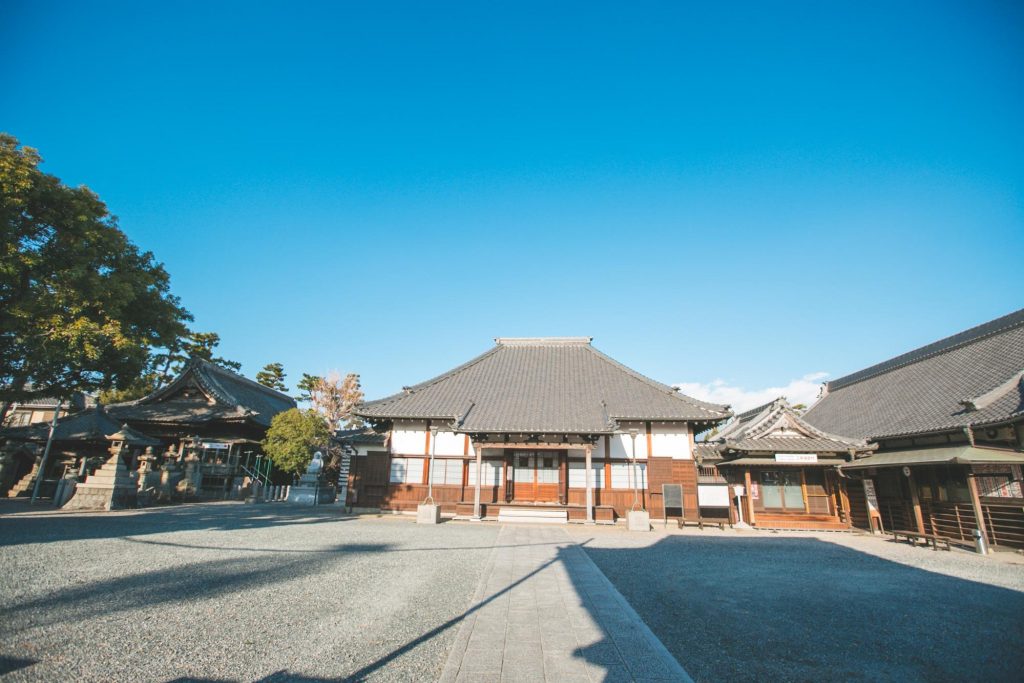
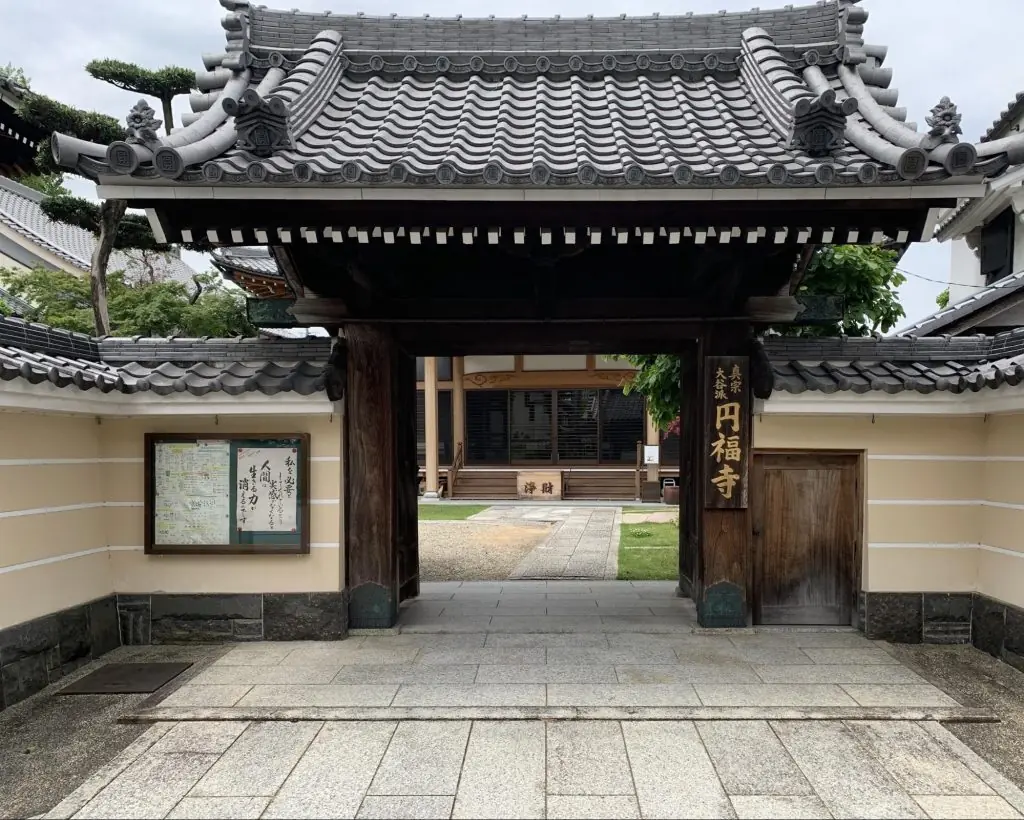
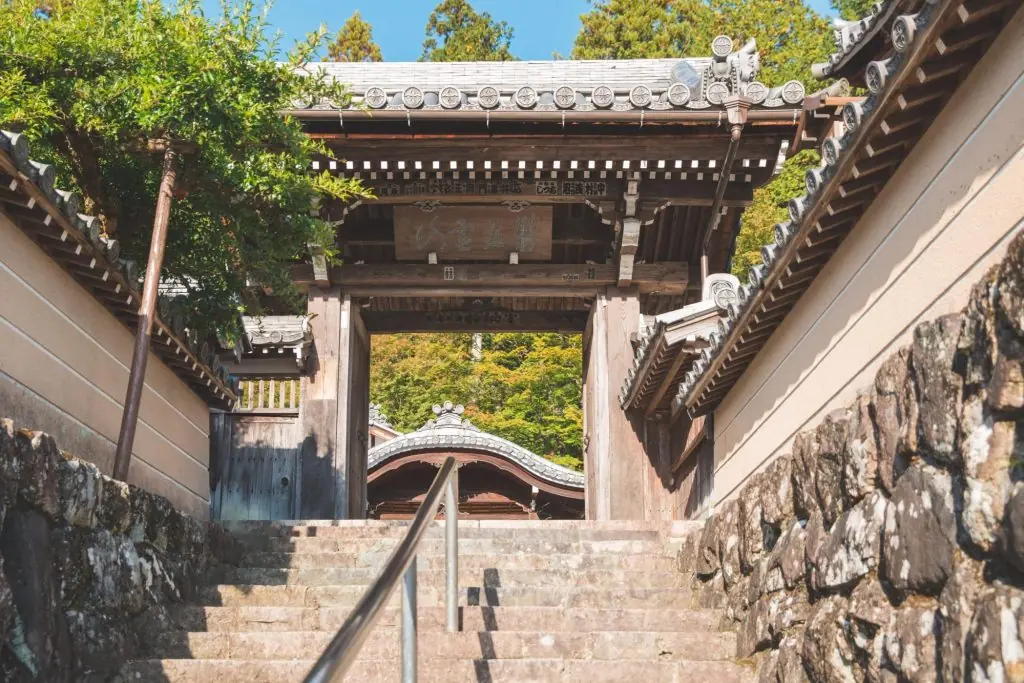
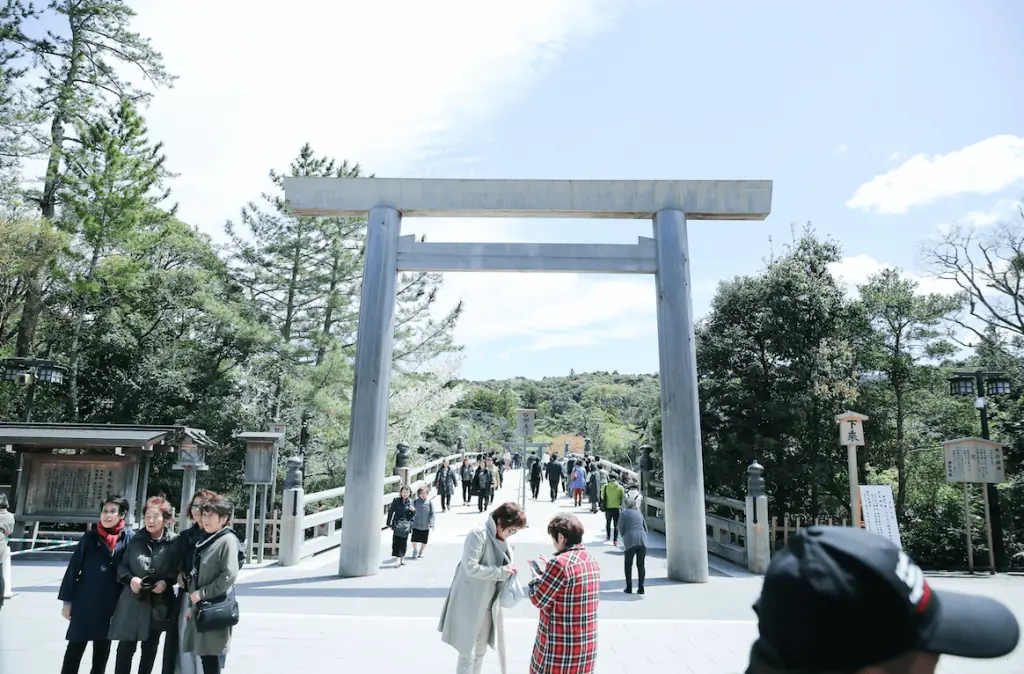
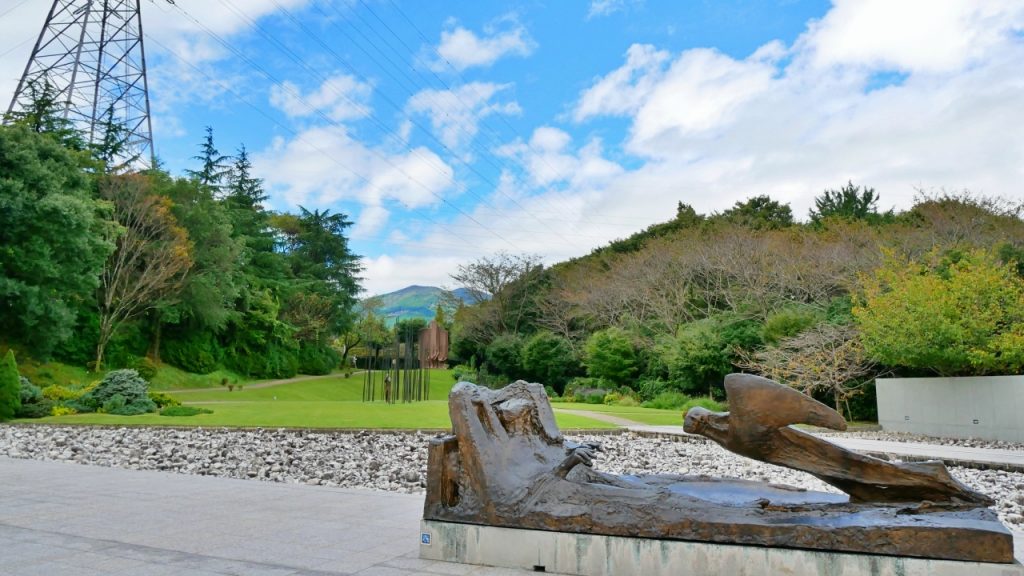
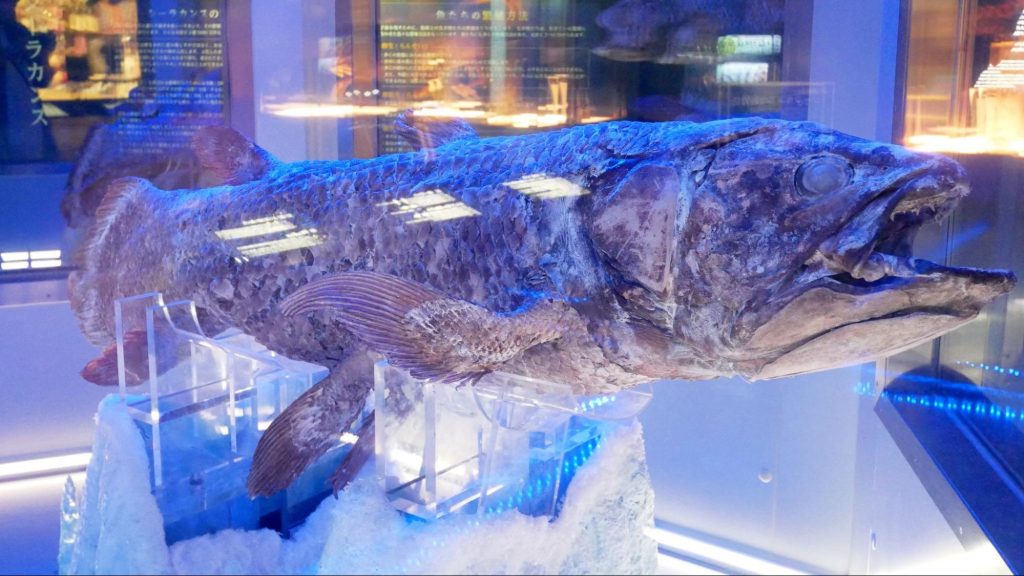

![[Indoor Facilities] Where to Go on Rainy Days in Tokai Area! For Family Outings!](https://life-designs.jp/wp/wp-content/uploads/2023/07/FotoJet-23.jpg)





![[Ghibli Park] Beginner's Guide](https://life-designs.jp/wp/wp-content/uploads/2023/07/ghiblipark_w1920h1088_20240422-768x435.png)
![[Tokai Area] Scenic Spots which You'll Never Forget](https://life-designs.jp/wp/wp-content/uploads/2019/12/LD_banner_w1920x1088_prospect-1-768x435.jpg)
![[Osu Special Feature] A City of History and Uniqueness](https://life-designs.jp/wp/wp-content/uploads/2022/03/01_Osu-1-1024x580.png)
![[Nagoya-meshi] Nagoya's Speciality Dishes](https://life-designs.jp/wp/wp-content/uploads/2022/06/5ba2ca8c038fd4af7527bc0826367cfb-1024x580.png)
![[Special Feature] Enjoy Outdoor Activities!](https://life-designs.jp/wp/wp-content/uploads/2019/12/LD_banner_w1920x1088_outdoor-1-1024x580.jpg)
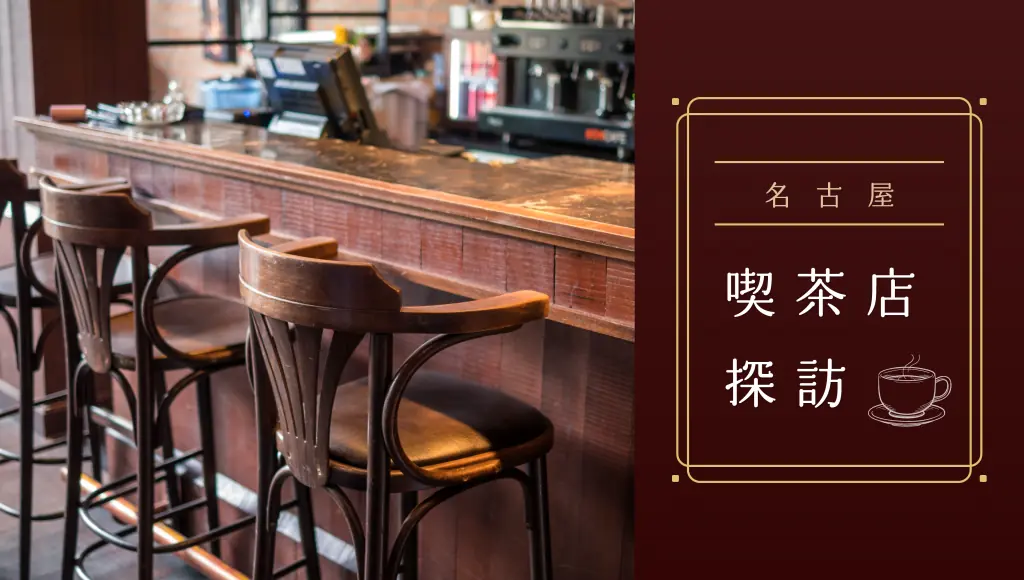



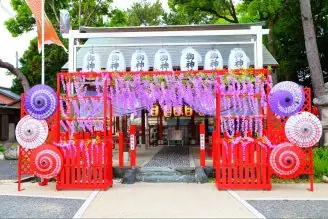
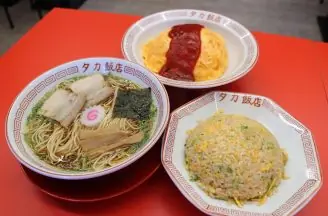




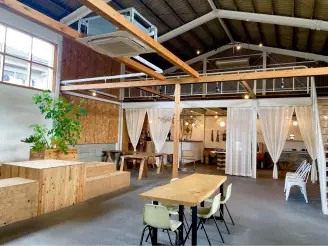


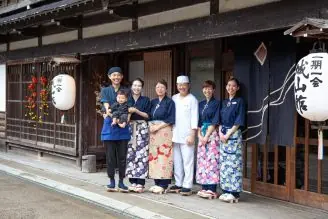
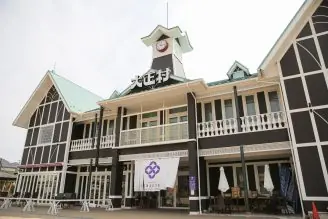

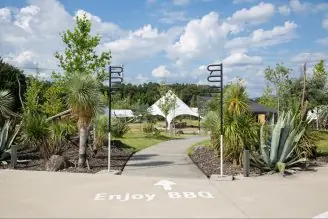
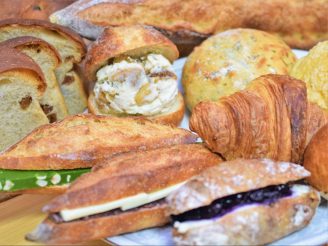
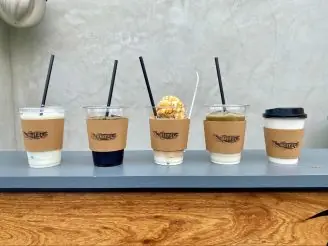
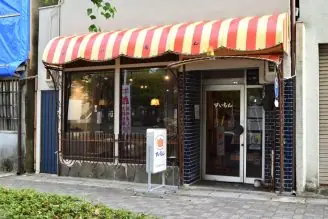

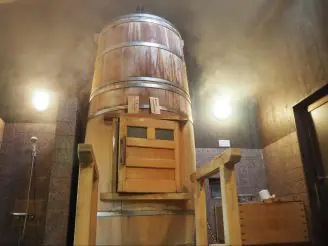
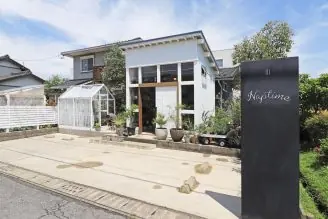

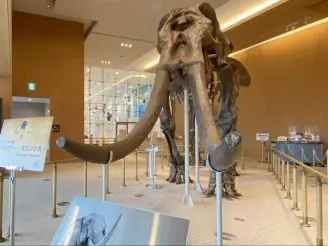

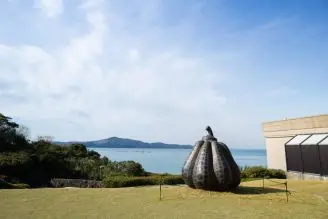
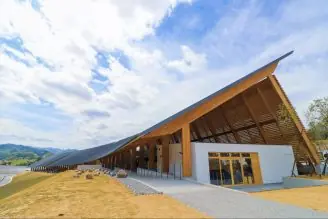

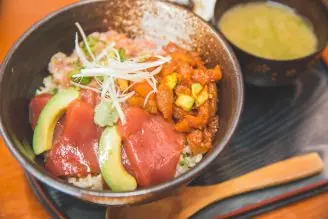
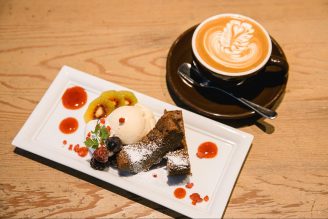
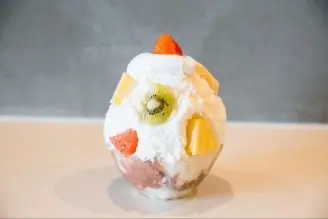
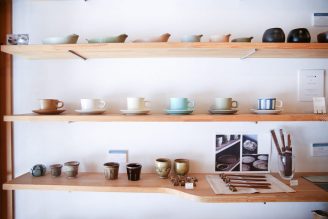
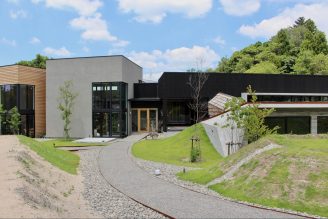
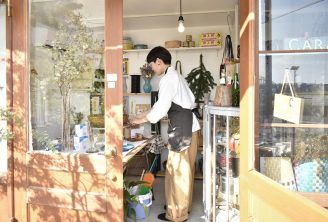




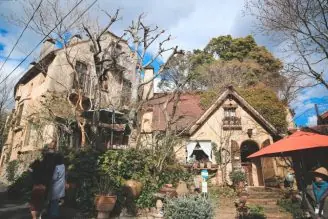
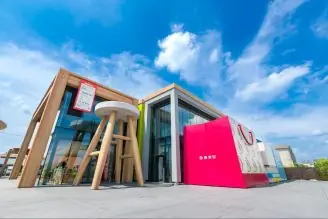






![Onigiri is hot right now! Summary of Osu's Onigiri Specialty Shops [5 selections].](https://life-designs.jp/wp/wp-content/uploads/2023/11/onigiri-1024x768.jpg)

![[9 Selections] Summary of Retro Coffee Shops in Nagoya](https://life-designs.jp/wp/wp-content/uploads/2021/11/image1-30-1024x683.jpg)
![[Aichi, Gifu, Mie] 30 Family-Friendly Spots to Go in Winter!](https://life-designs.jp/wp/wp-content/uploads/2019/12/image21-1-768x543.png)
![[Within 2hrs by Car] 12 Outing Areas where You can Go on a Day Trip from Nagoya!](https://life-designs.jp/wp/wp-content/uploads/2023/07/odekake12_w1200h900_20240422-328x246.png)

